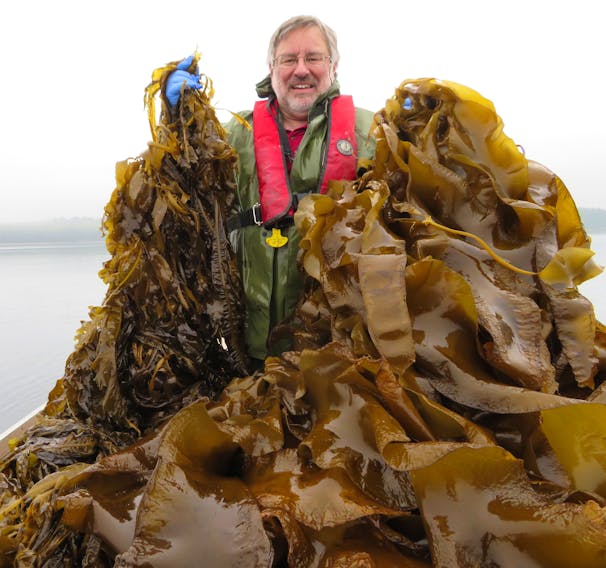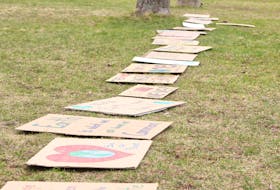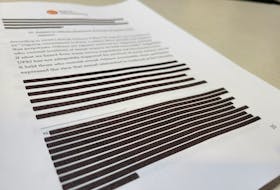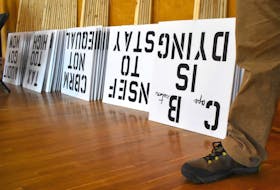Teach a man to fish and he can feed himself for life, the old saying goes.
Teach a woman to grow fish, and she can feed the world.
At least that’s the view of the Food and Agricultural Organization (FAO). In its 2020 report on The State of World Fisheries and Aquaculture, the UN agency says the “enormous challenge” of feeding a global population of nine billion people by 2050 cannot be met unless fisheries and aquaculture play a “significant and growing role” in food production.
Sounds good, but fish farming in Atlantic Canada has been bedevilled by (among other problems) disease outbreaks in salmon pens. The industry has also attracted an army of NIMBY critics.
Thierry Chopin, a professor of marine biology at the University of New Brunswick, says healthy fish can be grown sustainably if the industry learns a lesson or two from Asian aquaculture practices that are millennia old. China started growing freshwater carp around 2000 BC, alongside aquatic plants that absorb the nutrients released by fish.
Chopin says Atlantic fish farmers can emulate this model by cultivating seaweeds near aquaculture operations.
“Some species generate nutrients, some species absorb them,” said Chopin, who has been fascinated by aquaculture since he was a graduate student in his native France in the mid-1980s. “If we combine seaweed, invertebrate, and fish aquaculture, we can create an ecosystem that is sustainable.”
Chopin believes the risks of fish-farming monocultures – i.e., growing salmon in pens – have become obvious.
“Diseases spread more quickly in pens for the same reason COVID-19 spreads more in densely populated areas. Monoculture is problematic so why not grow more than one species? Economically, it is more valuable over time. You should diversify your portfolio; that’s what the research shows.”
This notion has been a hard-sell in North America. Chopin said when he first raised the issue of growing seaweeds and fish together, in the mid-1990s, his audience at a conference was more perplexed than intrigued. As he once said, “I could see a number of faces in the room saying, ‘what is this guy with a strange accent talking about?’”
Sustainable seaweed
Today, Chopin promotes Integrated Multi-Trophic Aquaculture (IMTA), an expression his research team coined in 2004. Under IMTA, several complementary species – fed organisms like shrimp or fish on one hand, nutrient extractive organisms like seaweeds and invertebrates on the other – are grown in a sustainable marine ecosystem.
“We have to consider nutrients not as wastes, but as co-products in a circular economy approach. What is waste for some is gold for others,” said Chopin.
IMTA principles have been widely adopted in Asia, while the concept itself has generated more than 1,300 research publications worldwide. In a sense, IMTA involves building an aquaculture business by mimicking the way ocean ecosystems work in nature – in support of growing commercial species.
Seaweeds, in fact, turn out to be something of a miracle species. Beth Mason, the chief executive officer of the Verschuren Centre at Cape Breton University, says researchers on her team are focussing on what she calls the “extraction of bioactives” from seaweeds. Seaweed extracts developed for the agriculture industry deploy bioactives to stimulate plant growth or protect crops from factors like drought.
Mason, who holds a doctorate in animal nutrition and physiology, noted that a Nova Scotia company, Acadian Seaplants, is a global leader in both the development of seaweed extracts and the marketing of so-called sea vegetables to the Japanese food market.
Chopin, meanwhile, remains engaged in persuading Canadian governments and the aquaculture industry that there is a better way to grow fish – alongside seaweeds and invertebrates. This is increasingly important as fish aquaculture production falls in provinces like New Brunswick, where salmon grown in pens is still the status quo.
Chopin is part of a project recently approved by the government of Singapore to reach 30 per cent food self-sufficiency by 2030. Aquaculture programs, incorporating IMTA principles, are seen to be a key to achieving this goal.
In this context, he says, the Canadian aquaculture industry still has a long way to go and a long way to grow. And it should get on with the job sooner rather than later. After all, there’s a big world to feed out there.
Research That Matters is written by Jim Meek, Public Affairs Atlantic, on behalf of the Association of Atlantic Universities (AAU). Meek is currently writing a biography of Acadian Seaplants founder Louis Deveau









